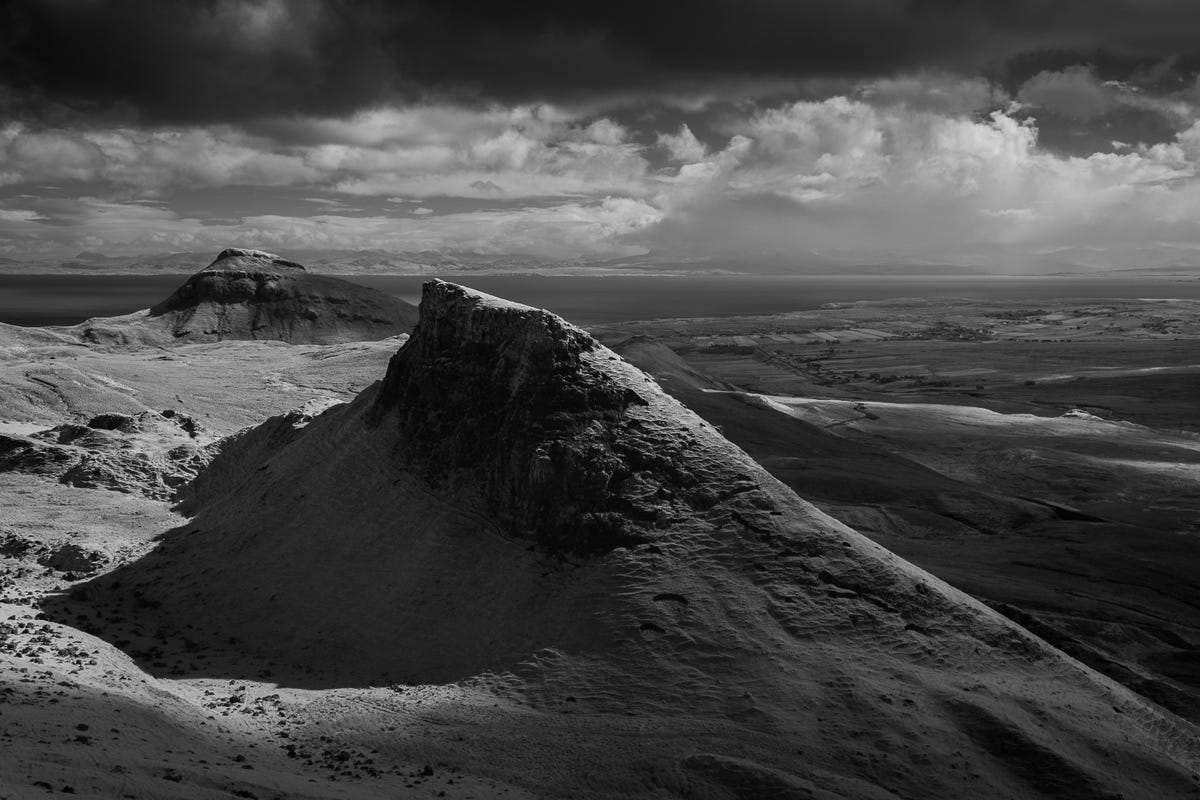I got my Canon 6D way back in 2013, and though it served me admirably for years, it eventually got replaced with a Canon 5D Mk IV, which itself was replaced recently with the Canon EOS R5. But rather than let that obsolete old 6D rot away at the back of a cupboard, I gave it a whole new lease on life, converting it to shoot infrared images and getting some truly awesome photos as a result.
Read more: Best camera to buy in 2023
Converting a camera to shoot infrared means the sensor is altered to be sensitive only to infrared light. Though it’s possible to do this yourself if you’re especially good with electronics, I opted to use a service in the UK called Pro Tech Photographic. For £320 (around $398), Pro Tech converted my obsolete full-frame 6D to shoot 720nm infrared. In the US, Kolari Vision offers a similar service. Its reviews are good, but I haven’t used the company myself.

A black-and-white landscape image, taken with an infrared converted camera
Converting these shots to black and white creates dramatic images with punchy contrast that I absolutely love. I took the camera on a recent trip to the Isle of Skye in Scotland and I’m so pleased with the landscape shots I got (seen throughout this article and in my YouTube video seen above), preferring them over the color versions I took on my much more expensive Canon R5.
Read more: Best gifts for serious photographers
And sure, I can convert those color images to regular black and white, but they won’t look the same as black-and-white images taken in infrared and will lack the ethereal look that IR can achieve.
Strictly speaking, it is possible to achieve the same effect using infrared filters that attach to the front of your lens. However, these work by blocking all light except infrared, meaning very little light is allowed through the lens. As a result, you need to use long exposures — often several seconds — to get enough light for a good photo. With filters, you’ll also need to use a tripod, or any movement in the scene (such as trees blowing in the breeze) will be blurry.
